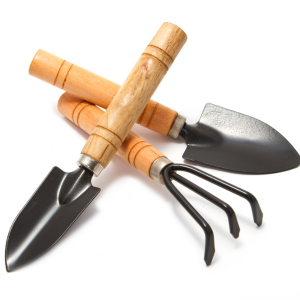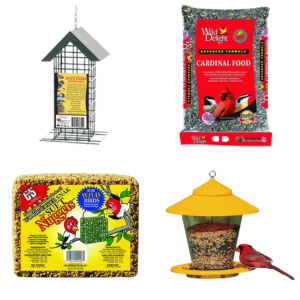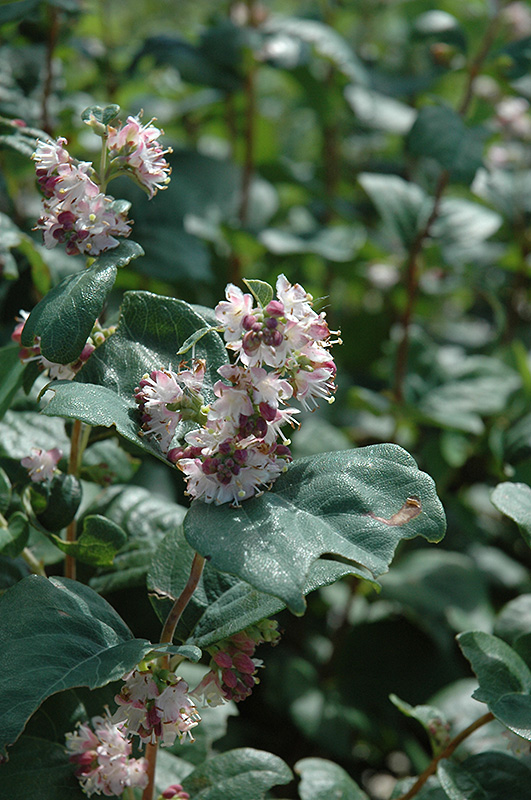Plant Finder
* This is a "special order" plant - contact store for details
Height: 4 feet
Spread: 5 feet
Sunlight:
![]()
![]()
![]()
Hardiness Zone: 1
Other Names: Western Snowberry
Description:
A rugged upright native shrub that produces small white to pink flowers in spring followed by white berries in fall, suckers vigorously to form colonies, an excellent choice for reclamation and naturalizing, may be a little too vigorous for the garden
Ornamental Features
Wolfberry is primarily grown for its highly ornamental fruit. It features an abundance of magnificent white berries from early to mid fall. It has bluish-green deciduous foliage. The serrated pointy leaves do not develop any appreciable fall color.
Landscape Attributes
Wolfberry is a dense multi-stemmed deciduous shrub with an upright spreading habit of growth. Its relatively coarse texture can be used to stand it apart from other landscape plants with finer foliage.
This is a high maintenance shrub that will require regular care and upkeep, and can be pruned at anytime. Deer don't particularly care for this plant and will usually leave it alone in favor of tastier treats. Gardeners should be aware of the following characteristic(s) that may warrant special consideration;
- Suckering
Wolfberry is recommended for the following landscape applications;
- Mass Planting
- Naturalizing And Woodland Gardens
Planting & Growing
Wolfberry will grow to be about 4 feet tall at maturity, with a spread of 5 feet. It tends to fill out right to the ground and therefore doesn't necessarily require facer plants in front. It grows at a fast rate, and under ideal conditions can be expected to live for approximately 15 years.
This shrub performs well in both full sun and full shade. It is very adaptable to both dry and moist locations, and should do just fine under average home landscape conditions. It is not particular as to soil type or pH. It is somewhat tolerant of urban pollution. This species is native to parts of North America.
* This is a "special order" plant - contact store for details














